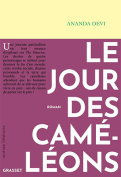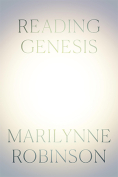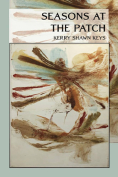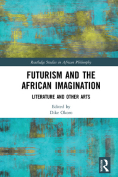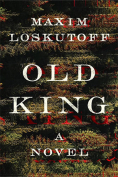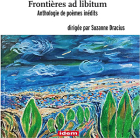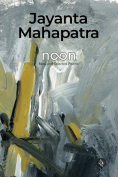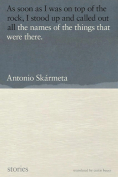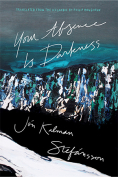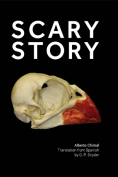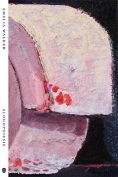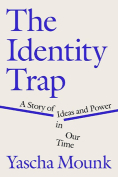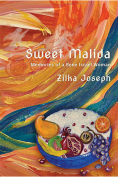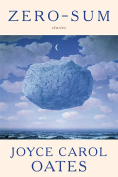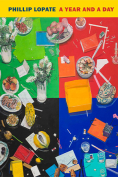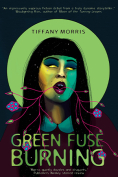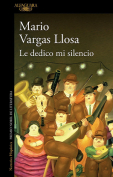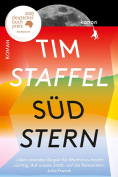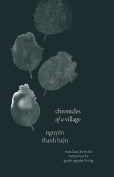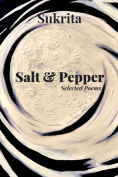Your Absence Is Darkness by Jón Kalman Stefánsson
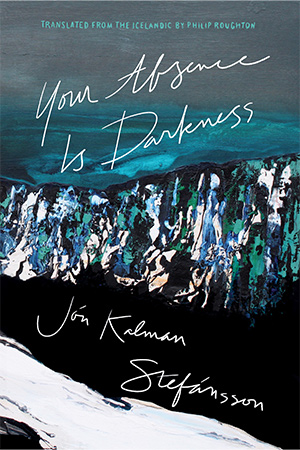 Windsor, Ontario. Biblioasis. 2024. 456 pages.
Windsor, Ontario. Biblioasis. 2024. 456 pages.
This intricate and lyrical novel, newly translated into English by the experienced Philip Roughton, opens in a churchyard amid the disorientation of death, with “the sunken gravestones and all the forgotten stories they contain.” The amnesiac narrator has just come into cognition moments before, sitting in a pew inside the church, wondering if a man seated behind him is actually a person or the Devil. Outside, he examines the grave markers in the light of the sun. A woman who seems to know him approaches, and they begin to converse about her mother, who is buried there. She offers to reunite the bewildered man with her sister. Thus begins a metaphysical journey for our narrator to learn and relate the lives of the residents of this isolated fjord farming community—lives interconnected by past and paradox.
Readers soon discover the apt introductory setting of the churchyard, both in the recurring theme of the dichotomy between life and death and the central role of Søren Kierkegaard’s writings to the novel (the Danish theologian and philosopher whose surname literally translates to churchyard). That allusion immediately becomes reinforced by the first story given to the narrator by the woman about her mother, who fell in love with her father while already engaged to another man. With a gender reversal, this tale recalls one from Kierkegaard’s Repetition. It thereby foreshadows Stefánsson’s focus on repetition and recollection (the same movement, in opposing directions) to study his characters and the complexity of life in Your Absence Is Darkness. Stefánsson also manifests Kierkegaard’s Either, Or with the seemingly false dichotomy of choice that life offers humanity: given two choices, no matter which is chosen, either decision will end in regret.
Through the characters of Your Absence Is Darkness, Stefánsson demonstrates how such a fatalistic conclusion could be transcended and, by further extrapolation on the inevitable end of life, how death can likewise be transcended. In broad terms, the solution proposed is continued movement through time by other people. It is remembrance (“To forget is to betray life”) and forgiveness (“Forgiving is sometimes the same as recognizing oneself”). In practicality, the solution exists for Stefánsson in writing and in music, through which one can perhaps come to regret nothing.
Indeed, “Non, je ne regrette rien,” by Édith Piaf, features as one of many musical pieces referenced in the novel, thematically and literally within a Spotify “Playlist for Death” curated by one of the characters. The narrator practices writing as a coping mechanism through which time slows to facilitate the processing and handling of life, a mechanism of feeling things and keeping things moving, if not ever really understanding it all.
Who you are is completely irrelevant. Where your life went. Your love and betrayal don’t matter here. What matters is that you continue with the stories you started. Hopefully, you’ve realised that you slow down time when you’re writing. But you’ve got to pay the price for it. That’s the deal. And that you mustn’t hesitate once you’ve started. Death, says the old poem, is the sister of waiting.
The many characters of Your Absence Is Darkness and its shifting narrative structure through space, time, and point of view can make the novel difficult to follow. While the advance reading copy I had did not include any concise list of characters to aid readers, the final publication supposedly does. I would consider one extremely helpful, even if containing “spoilers,” but nonessential. While each individual character’s quirks and details of their stories provide immense rewards for the reader, what ultimately matters are not the precise connections between those individuals or the plot of how their pasts tie together, so much as the fact that this web of life and dependence exists. In a similar manner, the writing of the novel is full of quick proverbial statements like those quoted above here. They vary from profound to humorous to combinations of both. But then the real emotional resonance of the writing and its success as literature only come through the connections between all the little parts.
Such connections brilliantly parallel the connectedness of life within and between organisms, emergent properties that arise in the grander whole. Stefánsson expresses that concept of emergent properties and the influence of parts on the whole in general throughout Your Absence Is Darkness. Foremost in this is the character of Guðríður, a farm wife who writes and submits a scientific report regarding her observations of earthworms and how their seemingly unremarkable activities change the earth and influence us all. As the movements of those worms in the soil have consequences far beyond (like the proverbial flutter of the butterfly’s wings), so too do Guðríður’s actions set in motion all that is to come for the characters here.
Stefánsson also references these concepts of connectedness to the idea of the multiplicity of universes and links them to the repetition of Kierkegaard by considering the cyclic nature of life and history. He also alludes to this latter idea by quoting from the poet Friedrich Hölderlin, whose work also celebrated Greek deities and the paradoxical vivacity and disaster engendered by their activities in the affairs of humans. In Your Absence Is Darkness, that idea comes across through the repeated dichotomy of God and the Devil but also in naturalistic considerations, such as comets, that “appear and change everything around them, then disappear and leave behind a trail of melancholy yearning in the human heart.”
Your Absence Is Darkness posits that we find happiness together even in that melancholy, using arts like music or literature to assert and explore our human connections, to forgive imperfection, and to thumb our noses at inevitability. The density and intricacy of the novel demands intense reader focus, and some may consider its length (augmented by its use of repetition) to be excessive. But its insights and gorgeously haunting prose make it a novel that fans of philosophic or metaphysical literature should experience.
Canisius University
 Daniel Haeusser is a microbiologist and associate professor who reads and reviews across genres, with a particular appreciation for horror and literature in translation.
Daniel Haeusser is a microbiologist and associate professor who reads and reviews across genres, with a particular appreciation for horror and literature in translation.
